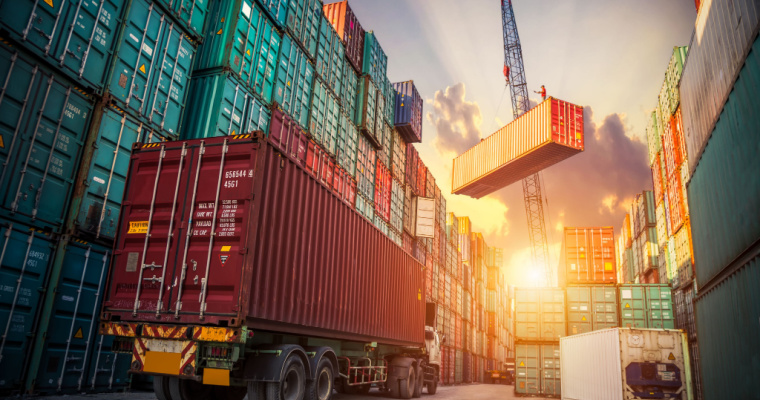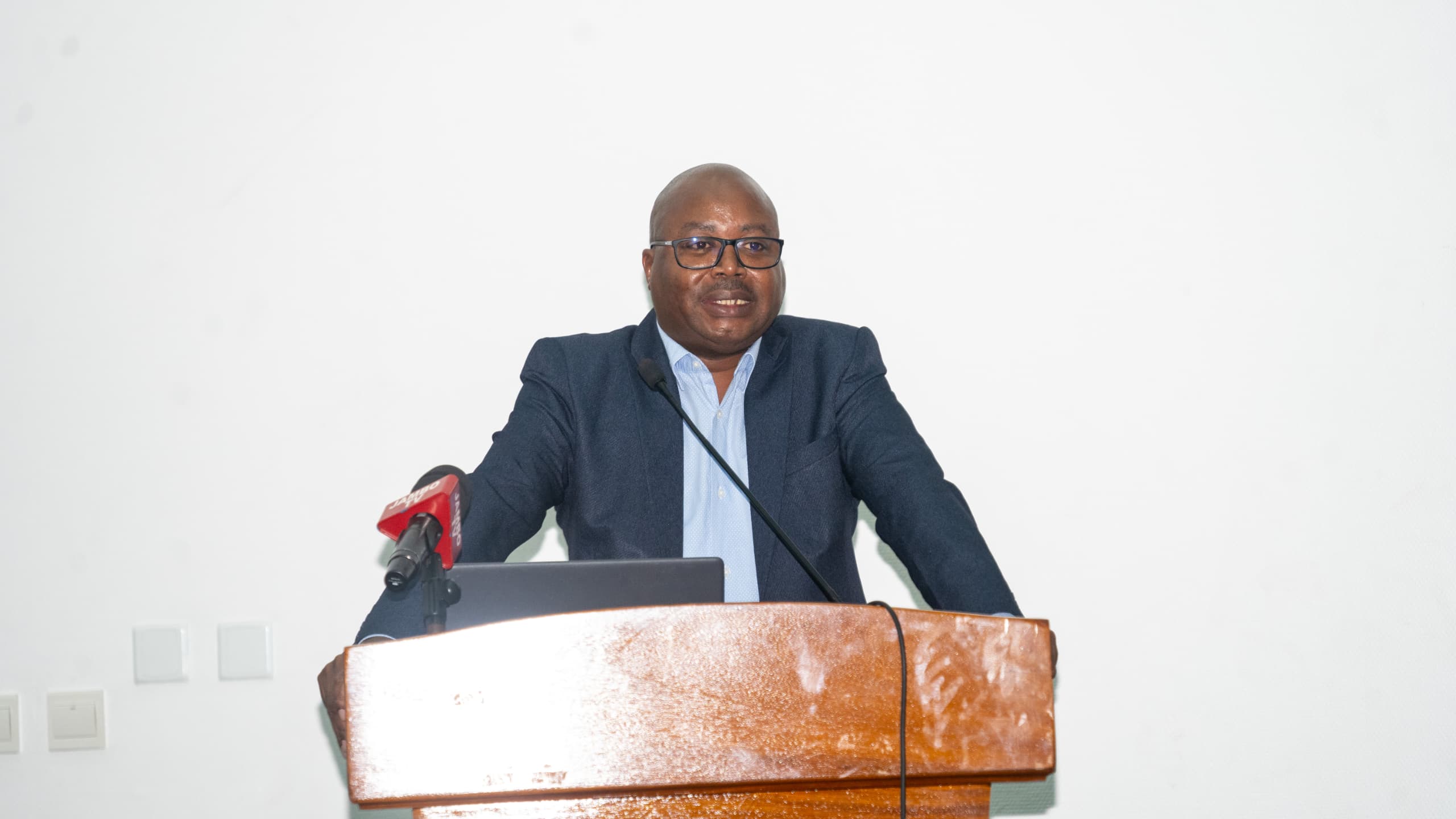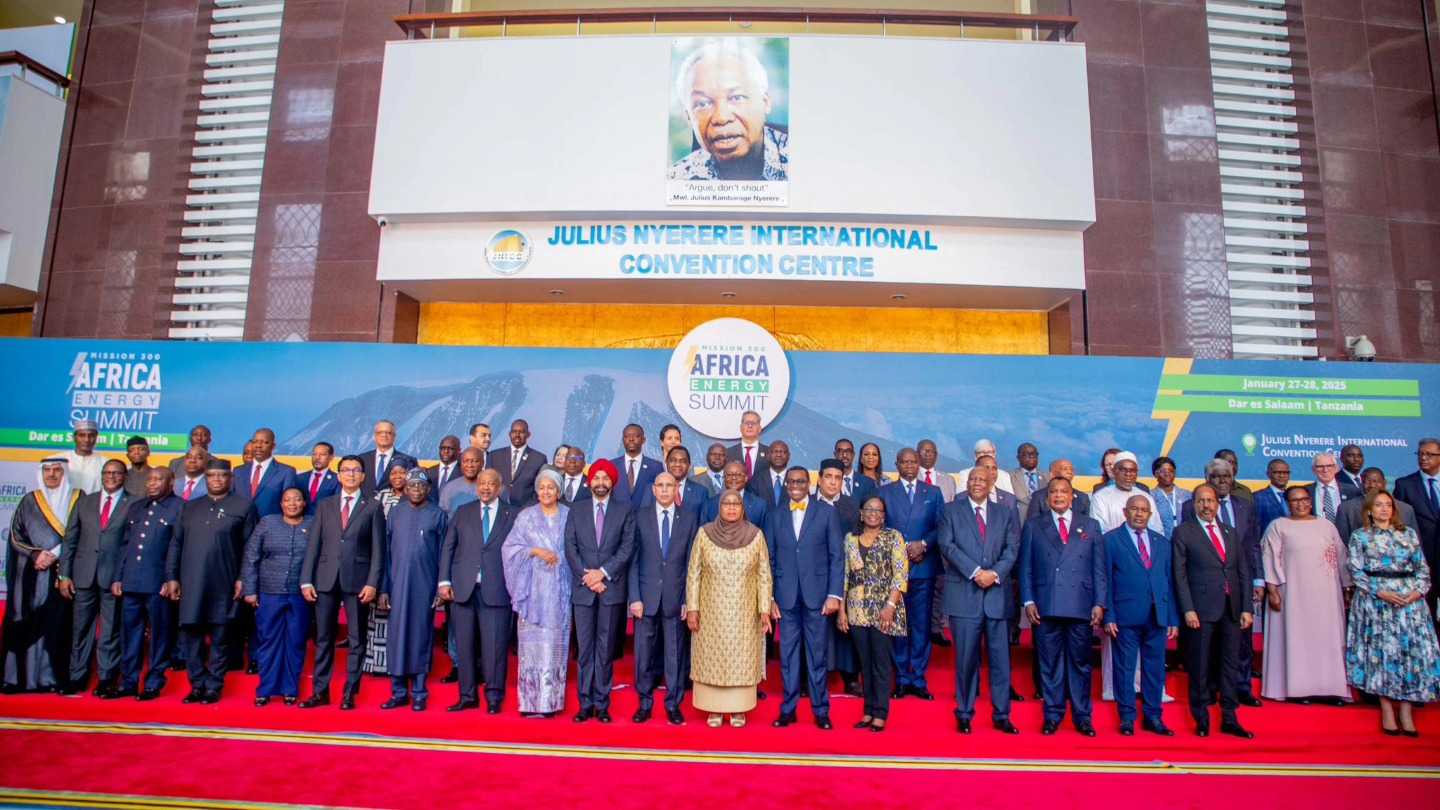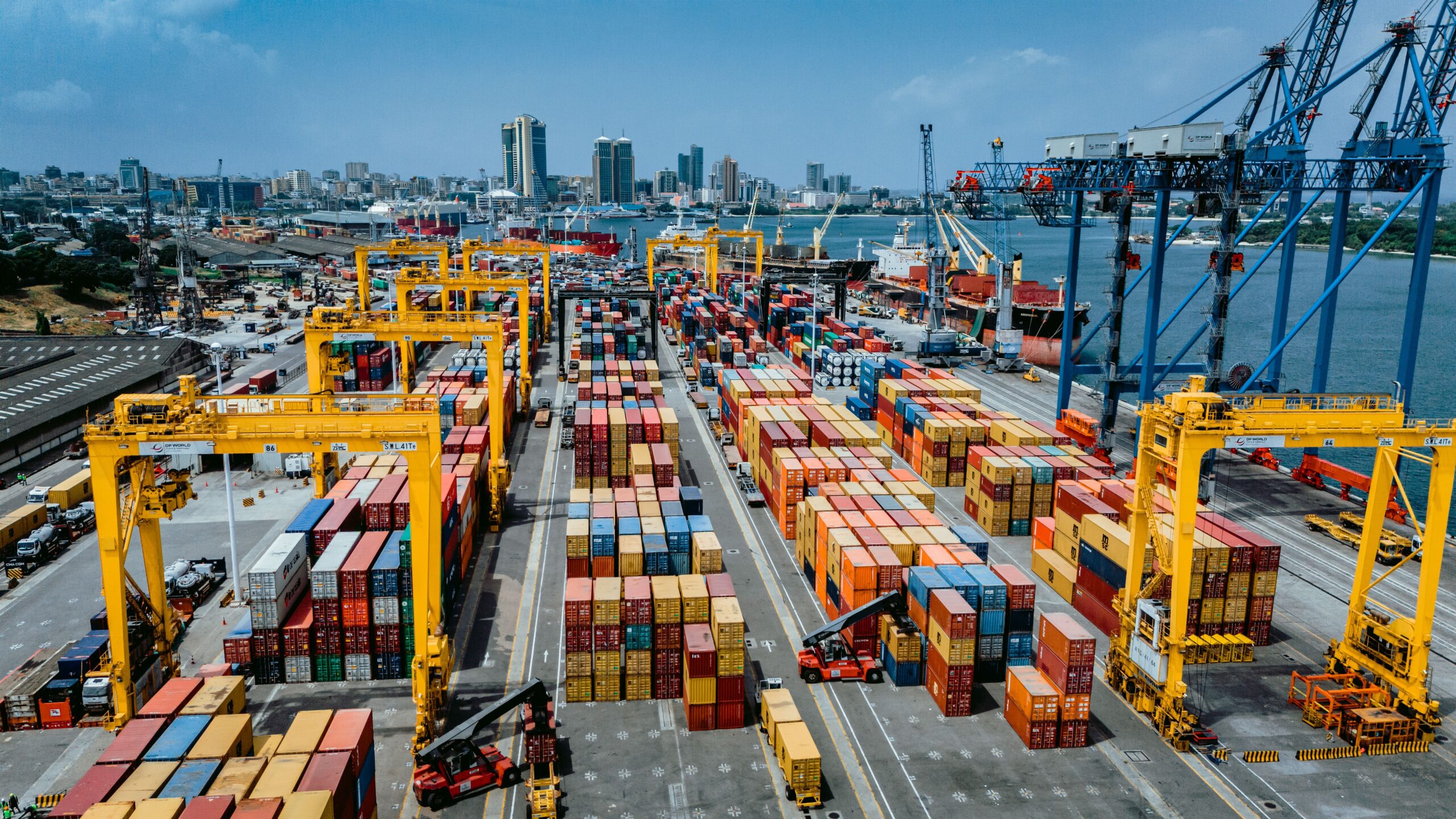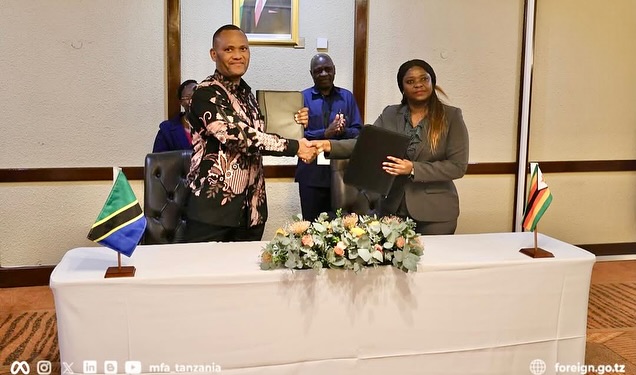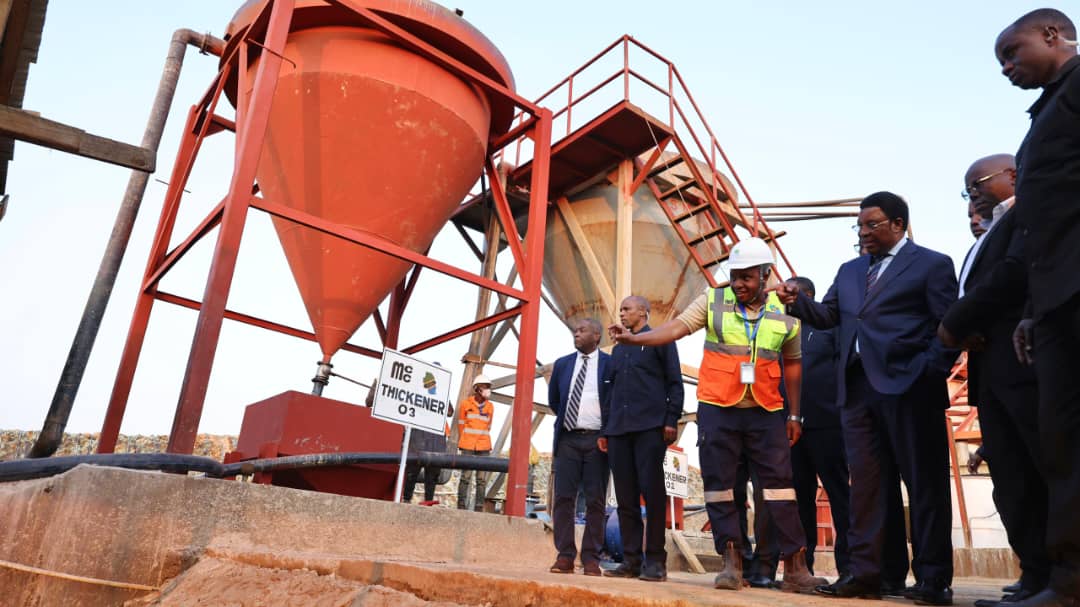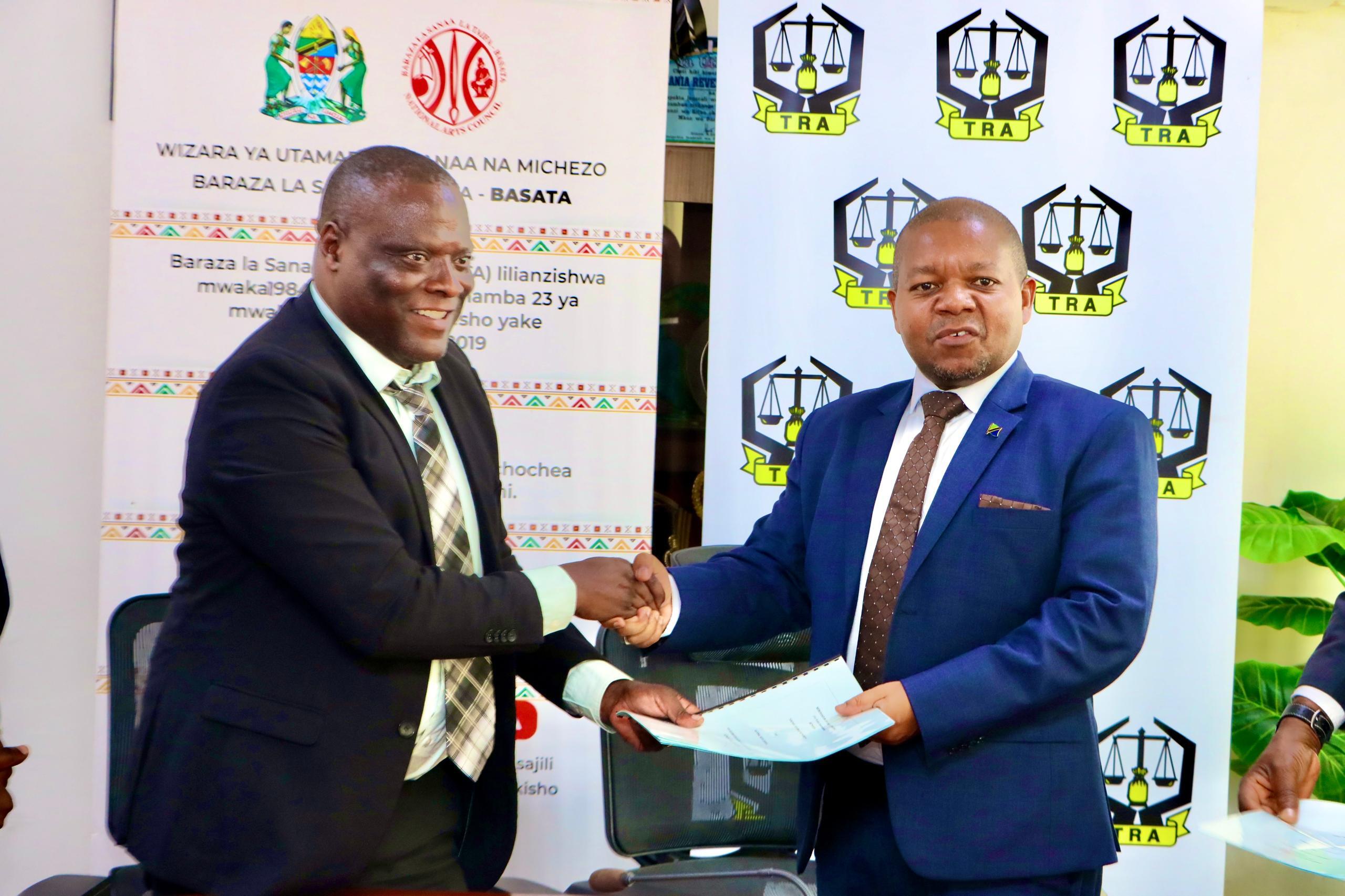Arusha. The East African Community (EAC) posted a trade surplus of USD 0.8 billion in the first quarter of 2025, marking a major turnaround from a trade deficit of $4 billion during the same period last year, the regional bloc’s statistics bulletin shows.
The EAC Quarterly Statistics Bulletin for the period of January to March 2025 attributes this significant improvement to a 47.3 percent rise in exports, which reached $17.7 billion, compared to $12.0 billion in the first quarter of 2024.
Imports grew more moderately by 4.6 percent to $16.8 billion.
According to the report, domestic exports grew by 48.1 percent while re-exports rose by 32.4 percent, indicating a substantial increase in the trade of locally produced and value-added goods.
“Intra-African trade contributed significantly to this outcome,” the bulletin noted.
Trade within the continent expanded by 53.9 percent to $9.5 billion and now accounts for 27.5 percent of total EAC trade.
Intra-EAC trade alone rose by 53.6 percent to $5.2 billion, a development the report links to progress in regional integration and the ongoing removal of non-tariff barriers.
China retained its position as the region’s largest trading partner, followed by the United Arab Emirates, India, South Africa and Japan.
For the first time in recent reporting cycles, the EAC recorded a trade surplus of $1.8 billion with China, driven by rising exports to the Chinese market alongside a slight decline in imports.
Other notable export destinations included South Africa, Hong Kong and Singapore.
Imports during the period were dominated by petroleum products, vehicles, machinery and plastics.
The Bulletin notes that the bulk of trade remains concentrated in a few key sectors.
These include base metals, minerals, agricultural goods, precious stones and machinery, which together accounted for over half of the total trade value for the quarter.
Inflation remains a concern
Despite the positive trade outlook, inflationary pressures persist across the region.
The Harmonised Consumer Price Index (EAC-HCPI) shows annual headline inflation stood at 27.0 percent in March 2025, down slightly from 30.6 percent in February.
The rate stood at 6.7 percent in March 2024, highlighting a sharp year-on-year rise.
Month-on-month inflation was 0.2 percent in March compared to minus 0.5 percent in February.
The bulletin attributes the annual average inflation for 2024, 13.5 percent, up from 6.3 percent in 2023, to elevated price pressures in South Sudan and Burundi, which recorded inflation rates of 99.9 percent and 20.8 percent respectively.
Core inflation, which excludes food and energy prices, stood at 28.9 percent in March 2025.
Food inflation, while still high, eased slightly to 49.4 percent in March from 55.6 percent in February. Energy and utility inflation remained relatively stable at 3.3 percent.
Improved Credit Conditions
On the monetary front, the Bulletin reports that broad money supply across the region increased by 10.1 percent in Q1 2025, suggesting improved liquidity conditions in EAC Partner States.
This expansion was mainly driven by a 21.1 percent increase in net credit to governments, reflecting continued fiscal expansion and increased public sector financing.
Credit to the private sector rose by 5.5 percent, signalling a slow but steady recovery in private investment and consumption.
Net foreign assets grew by 18.1 percent, buoyed by stronger external inflows, including remittances. Sectoral analysis of credit distribution shows growth in several areas: agricultural credit rose by 6.6 percent, construction by 17.5 percent, real estate by 4.8 percent and wholesale and retail trade by 9.6 percent. The manufacturing sector recorded only marginal credit growth of 0.5 percent.
The household sector remained the single largest borrower in the region, with outstanding loans amounting to $13.8 billion, followed by the wholesale and retail trade sector with $7.9 billion.

